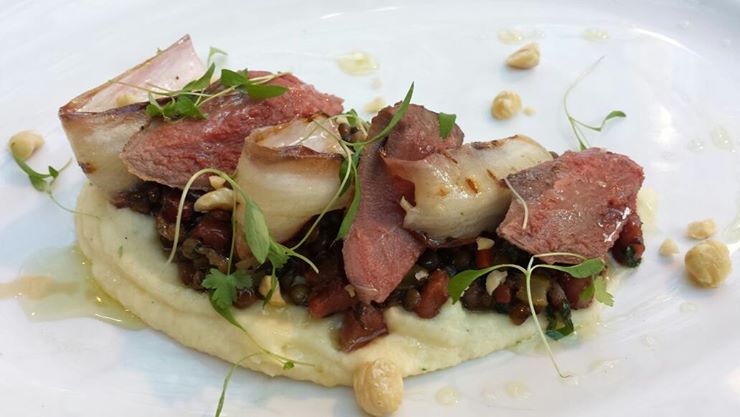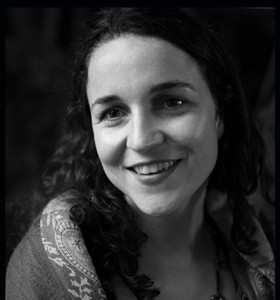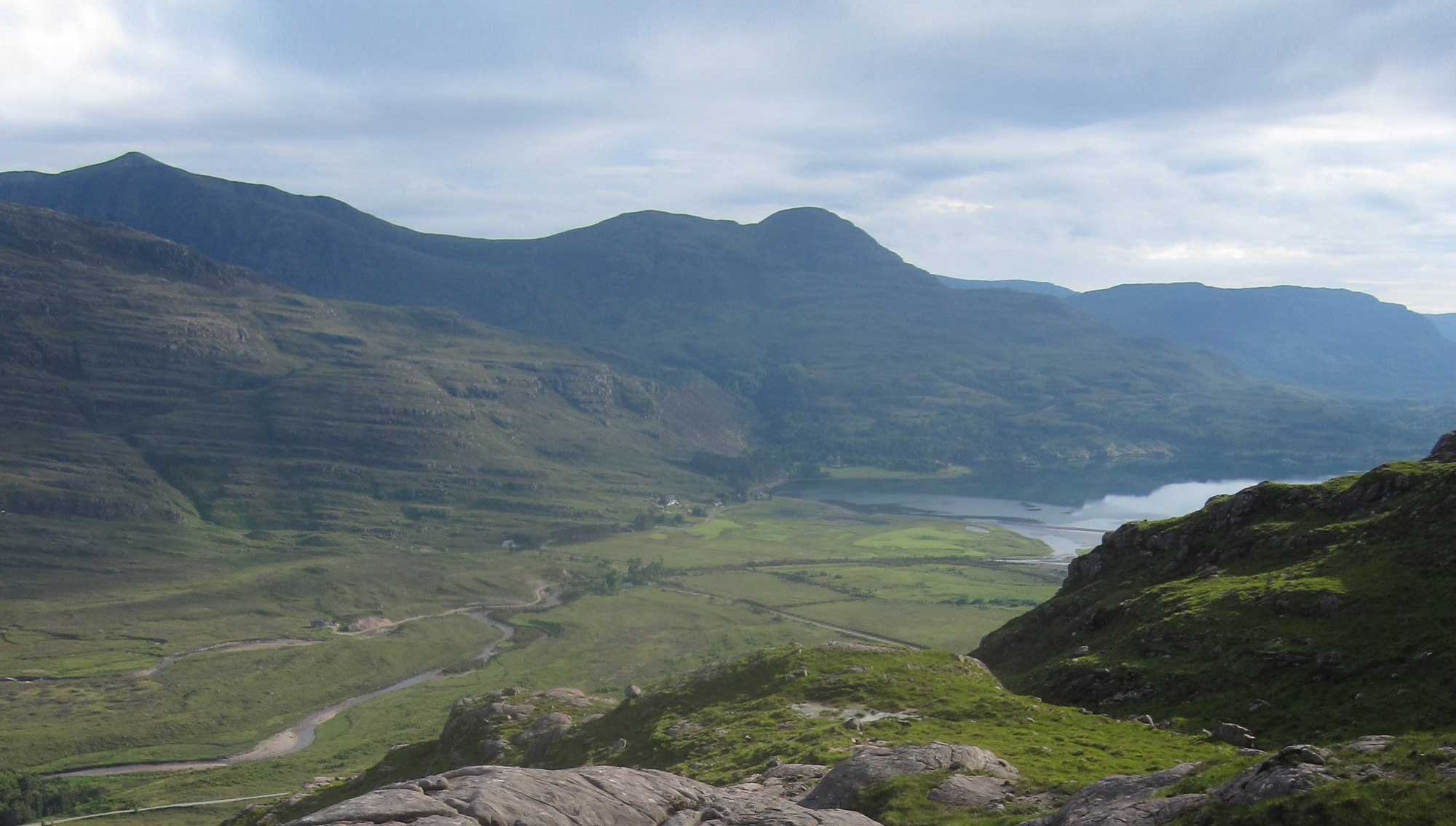If you want to only eat animals you have killed yourself, the traditional place to start is learning to shoot a pigeon. I was fortunate enough to also learn how to cook one with the former winner of MasterChef.
After my experience on a grouse shoot, I decided to go back to the drawing board and learn how to shoot pigeons before embarking on other game.
Learning to shoot
At first I thought killing and eating pigeon might be as easy as visiting the park. I was reading Mrs Hemingway by Naomi Wood. The fictional account of Papa’s time in 1920s Paris claimed he was so poor he used to grab pigeons in la place and put them in the pot. It sounded like a reasonable enough idea – after all aren’t there too many pigeons in London? Luckily I told my friend the shotgun chef of my plans, who reliably informed me I would catch listeria – and possibly also be arrested.
The pigeons we eat in restaurants are actually a completely different species. They are woodpigeons, either “squabs” farmed usually in France or coo-ing pigeons we see in the countryside. The species used to be quite rare in the UK but since intensive agriculture has provided seeds to eat all year round it has become widespread. This also makes it a pest and it is shot in large numbers. Traditionally shooting pigeons is how small boys will learn to first shoot game.
That is not really an option for me, so I went to where grown up girls go to shoot, The Shotgun and Chelsea Bun Club. It sounds like a posh girls’ club but in fact the Chelsea just refers to the baked goods available and I joined a bunch of down-to-earth friendly women also learning to shoot at West London Shooting School. For me it was important to be in an atmosphere where I could ask as many questions as possible and not feel stupid. Obviously guns are dangerous weapons and much of my early tutorials were learning how to pick up guns, ensure they are safe and move around without putting anyone else at risk. I have a child’s poem down pat:
“Never ever let your gun, pointed be at anyone.
“That it may unloaded be, matters not the least to me..”
Once I know the etiquette, I also have a lesson at Auchterhouse Shooting School in Perthshire. There is a lot to think about, stance leaning forward, cheek pressed against the stock, look down the barrel “bum, belly, beak, bang”.
My excellent teacher Andy advises me to concentrate on the target. He quotes Commonwealth Games award winner Drew Christie who advises “see the doo, shoot the doo”.
Killing a pigeon
In Scots a pigeon is often called a “doo” or a “clatter dove.” You can hear why when you hear the birds coming home to roost in the evening. The sound always reminds me of walking into a barn on a summer’s evening.
Knowing I have to kill a pigeon for dinner makes me look closer at them. I reflect that becoming a hunter is making me observe more closely how the birds fly. Pigeons tend to flap their wings then soar like a boy on a scooter, the bars on the wings like go-faster stripes.
Even their latin name columba palumbus sounds a little like that clattering sound of a pigeon coming in to roost.
Once I am good enough to take a shot and have learnt enough about my quarry to get close, over a couple of months I might add, I take a shot that kills the bird immediately.
I confess, I don’t feel too sad. I feel like I have taken a good shot by an orchard where the farmer is controlling the pigeons anyway to protect the fruit crop.
The bird is beautiful. I cannot see why people do not like pigeons. Its breast is rosy grey pink. Surely there must be a Farrow and Ball paint in this colour?
Before people get upset about shooting an animal, I’m sorry but I am vegetarian the rest of the time. The whole point of this “kill-to-eat diet” is to explore exactly how the animals we eat die so we can make informed choices about our diet.
Cooking a pigeon
I cooked the pigeon breasts as a stir fry with lots of soya sauce and vegetables because I’m not a very good cook. But it was still delicious, much more tender than chicken and with a completely different taste: more like sweet duck.
However, if you are going to cook pigeon yourself, I advise a recipe that made John Torode cry. Natalie Coleman, the former winner of MasterChef taught me how to cook it at Aldeburgh Food Festival.
Since winning the BBC show in 2013, the “Hackney girl done good” has been teaching herself how to be an even better cook by doing unpaid internships in top restaurants and is bringing out a cook book.
She wields huge knives, sprinkles salt with abandon and tastes as she goes along. Most importantly for a top chef, she cares passionately about where ingredients come from, including meat. Woodpigeon is a good choice because you know the birds are “as free range as they come”.
She brings along whole plucked woodpigeons from Borough market and teaches us how to “draw” the bird and remove the wish bone – which is good is probably good, as I had been teaching myself the technique on YouTube.
She also abhors waste, advising us to use the legs and gizzards for sauces and even the heart as a canapé a la marcus wareing.
Despite her ease with blood and guts, Natalie admits that she used to be vegetarian. After a school project on animal rights she gave up meat from 13 to 21.
The trouble was a diet of chips made her anaemic and she began eating meat again, but this time with much more respect for the animals.
“Its about respect for the animals and stuff we find in supermarkets don’t always lead the best life beforehand unless organic,” she says. “So I rather spend a little more (and it doesn’t amount to much more) to get produce that had the best life before it made our plates.”
For Natalie, it is important to use meat reared and killed in a humane way: A class bird.




